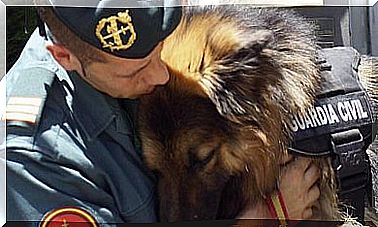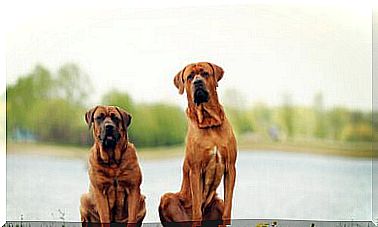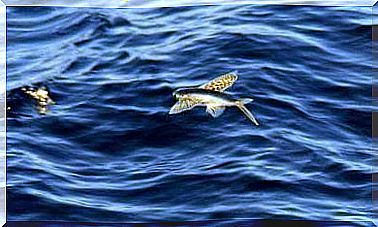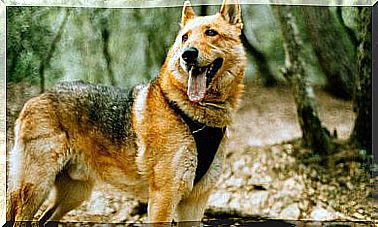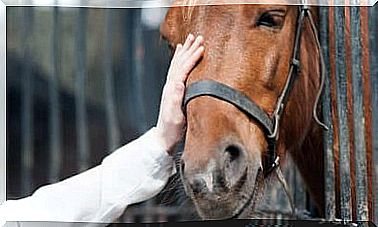The Training Of Guide Dogs
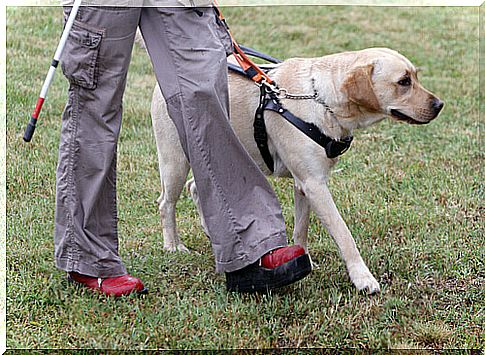
Over time, man has recognized in the dog a series of unique abilities that allow him to carry out activities and services of great importance. These intelligent and docile mammals have lived in contact with humans for over 10 thousand years, becoming essential allies in various areas of society. Today there are rescue and rescue dogs, police dogs, but the most famous are certainly guide dogs. Equipped with a balanced and docile personality, they are the eyes of thousands of visually impaired people. They accompany them everywhere, allowing them to live normally and independently.
In Italy, there are many training centers for guide dogs . Every day they work to educate select individuals who will go to live next to people who are blind or have six vision problems. We have decided to dedicate an article to these four-legged heroes who, for a very long time, have been performing a commendable service and who are truly irreplaceable.
How is the training of guide dogs carried out?
As everyone knows, not all dog breeds are suitable for this job. First of all, a specimen with very special characteristics is therefore selected. Although, as a general rule, Labradors or Golden Retrievers are always seen as blind companions, there are other breeds that are used as guide dogs. Always and when they meet these personality requirements:
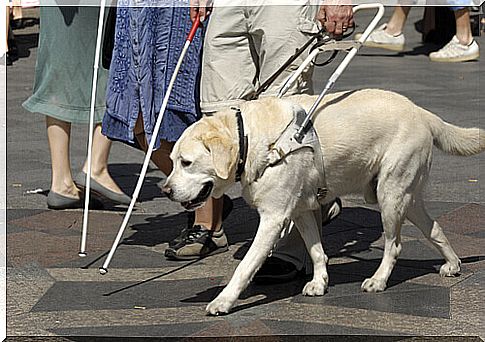
- Desire to please the owner.
- High sense of responsibility.
- Perseverance, don’t give up easily.
- Initiative and resolution.
- Adaptability to the environment and the changes that can occur in it.
- Protective instinct.
Once these conditions are verified, the chosen dog begins a long learning process. It is a constant and very complete training, carried out so that each specimen can perform its service in the best possible way and, above all, in maximum safety.
The harness for dogs
Through the harness, the visually impaired person can communicate to the guide dog what he wants from him, establishing the direction and speed of gait. Therefore, in this case, both of them have to learn how to use it correctly. Usually, the dog positions itself to the left of the person, anticipating him by a few centimeters, since it is the animal that leads the walk.
In order for both of them to understand each other, they are taught to use the contact of the harness without exerting pressure or pulling or tugging on the animal.
Walk in a straight line
Although the person is blind, he is responsible for orientation. Even if a lot of responsibility falls on the dog, it is essential that the owner learn to manage the situation, since the animal acts as a support and will never be able to take the lead on its own.
Walking with a guide dog is something new and different. A visually impaired person will therefore have to continue to exploit other senses, such as hearing, or even the memory of the path in order to move without difficulty. It is a team effort .
The guide dog is trained to walk in a straight line and, in this way, there will be as few obstacles as possible along the way. Its task is to guide the person until it is indicated otherwise or until the path is changed, due to the presence of an obstacle. Like, for example, a curb, a lamppost, a stall or even a person.
Road edges
Curbs can be a real problem for the blind. In this regard, guide dogs need to be very well trained in order to pass them. The presence of a curb will be unequivocally signaled by the animal, which will stop and sit down so that the person knows what to do: go down or up the edge.
In the case of the stairs, the dog will go down first or put his paws high, so that the person knows how to find the steps and without the risk of losing his balance and falling ruinously.

Obstacles and traffic
When being trained to use the harness, the dog must understand that this is like an extension of the person’s body to be guided, so when there is an obstacle to overcome, there must be enough space for the two, to facilitate movement.
In case of close traffic, the dog will ignore the orders to move forward. When the cars are further away, the dog will stand or sit and wait until the vehicles have passed. However, the person must use their auditory sense to understand when is the right time to cross, as the animal’s capacity is limited. Fortunately, in many Italian cities there are already special traffic lights with sound signals that facilitate the crossing.
Any distractions
Guide dogs are the eyes of the blind and must always be very vigilant, as any carelessness could be fatal. Therefore, these formidable animals are trained to always maintain their concentration very high. It doesn’t matter what happens around them. Even if the sidewalks are full of noises, voices and stimuli, they must always be able to be indifferent to them .
A good rule of thumb if you see one of these guide dogs on the street is never to approach or pet them without the owner’s permission. It is right to avoid any possible distraction.
When one thinks of these animals, the first thought that comes to mind is surely enormous gratitude. Guide dogs endure long and complex training, remain loyal and faithful, and go to great lengths to take care of their owner. Is there a nobler animal in the world capable of giving so much to man? Frankly, we believe not.
